Benefits
Enjoy a comfortable and engaging experience with amenities designed for relaxation, entertainment, and convenience.
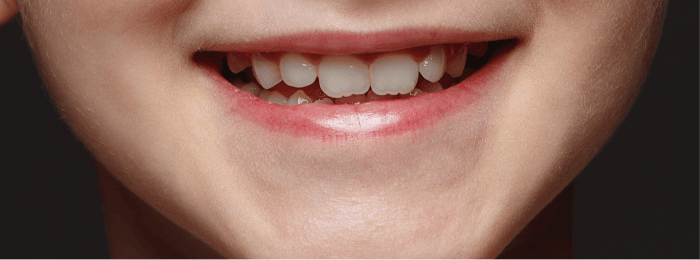
Since children's oral and dental structures are in a developmental stage, they require special care and treatment. Our pedodontic specialists carefully assess children’s dental structures and provide treatments suited to their growth processes. We support healthy dental development throughout all stages, from baby teeth to permanent teeth.
Early Diagnosis and Preventive Treatments
Pedodontics aims to detect tooth decay and dental issues early on. Through regular dental check-ups, issues like cavities, gum disease, and dental irregularities are diagnosed in advance, and early intervention helps resolve these problems. Preventive treatments strengthen children’s teeth and prevent serious dental issues in the future.
Fluoride Application and Fissure Sealants
To prevent cavities in children, we offer fluoride applications and fissure sealant treatments. Fluoride strengthens the enamel, while fissure sealants prevent cavities on the chewing surfaces of teeth. This helps maintain your child’s dental health for years to come.
Dental Trauma and Emergency Care
Children may experience dental trauma during play and activities. Our team, specialized in pediatric dentistry, provides prompt and appropriate intervention for such traumas, ensuring the best possible treatment for children's teeth. In emergencies, we offer fast and effective solutions to protect your child’s dental health.
Fear-Free Dental Experience
To minimize fear and anxiety that children may develop toward dentists, we take a special approach in our clinic. In our child-friendly environment, we ensure they feel comfortable and safe, making their dental treatment process an enjoyable experience. This helps children avoid fear of dental visits as they grow older.

In dentistry, high-resolution photographs are taken to evaluate the patient’s existing tooth structure and facial aesthetics. These photos are used to document and analyze the condition, color, and shape of the teeth and their harmony with the patient’s face.
Why is it important? Professional photographs help dentists and lab technicians plan the restoration process and achieve ideal aesthetic results.

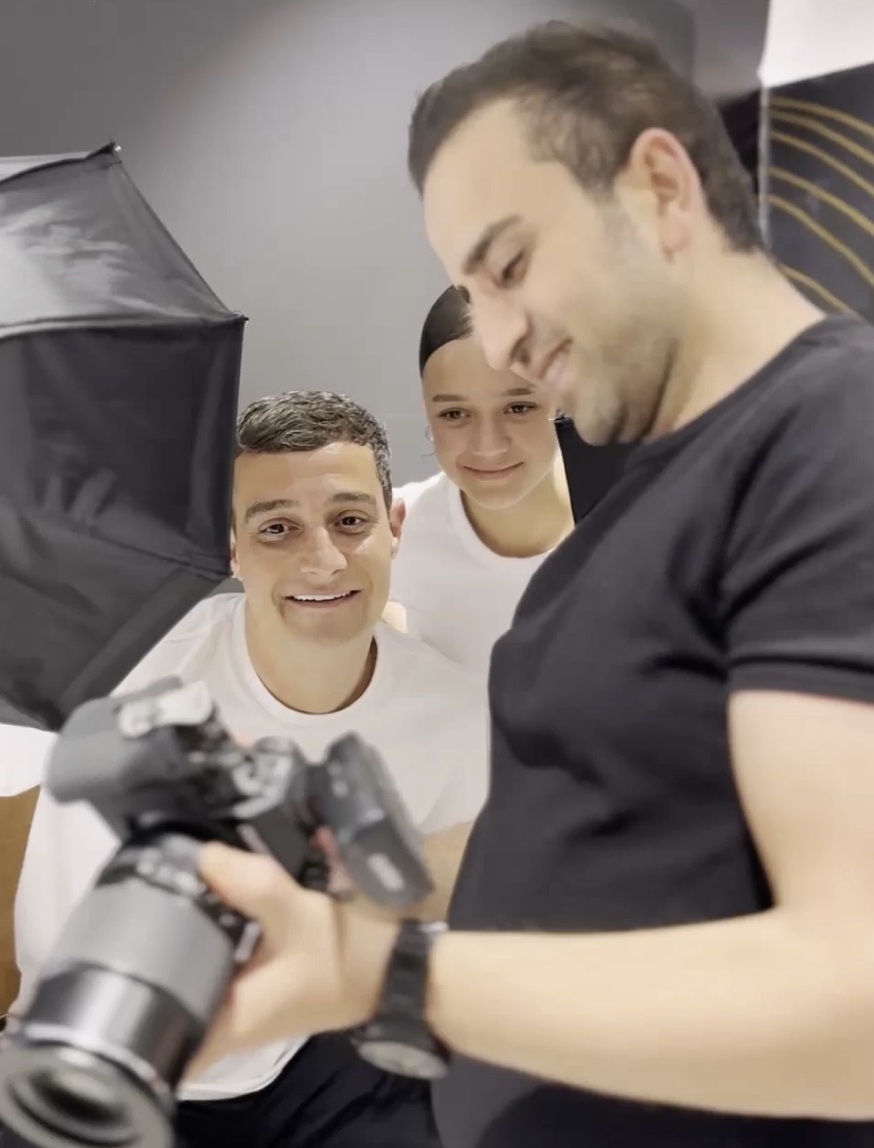

5D scanning technology allows for highly precise digital scanning of teeth and oral structures. This technology goes beyond traditional 3D scans by capturing additional information such as color, texture, and movement.
Why is it important? 5D scanning enables the creation of detailed digital models of teeth, allowing for more accurate and personalized restorations. This accelerates the treatment process and provides a more comfortable experience for the patient.


Special dental burs are used for shaping teeth with minimal preparation and for the precise placement of restorations. These burs are high-precision and sharp instruments.
Why is it important? The use of special dental burs for accurate and minimally invasive preparation maximizes the preservation of tooth structure and improves aesthetic outcomes.

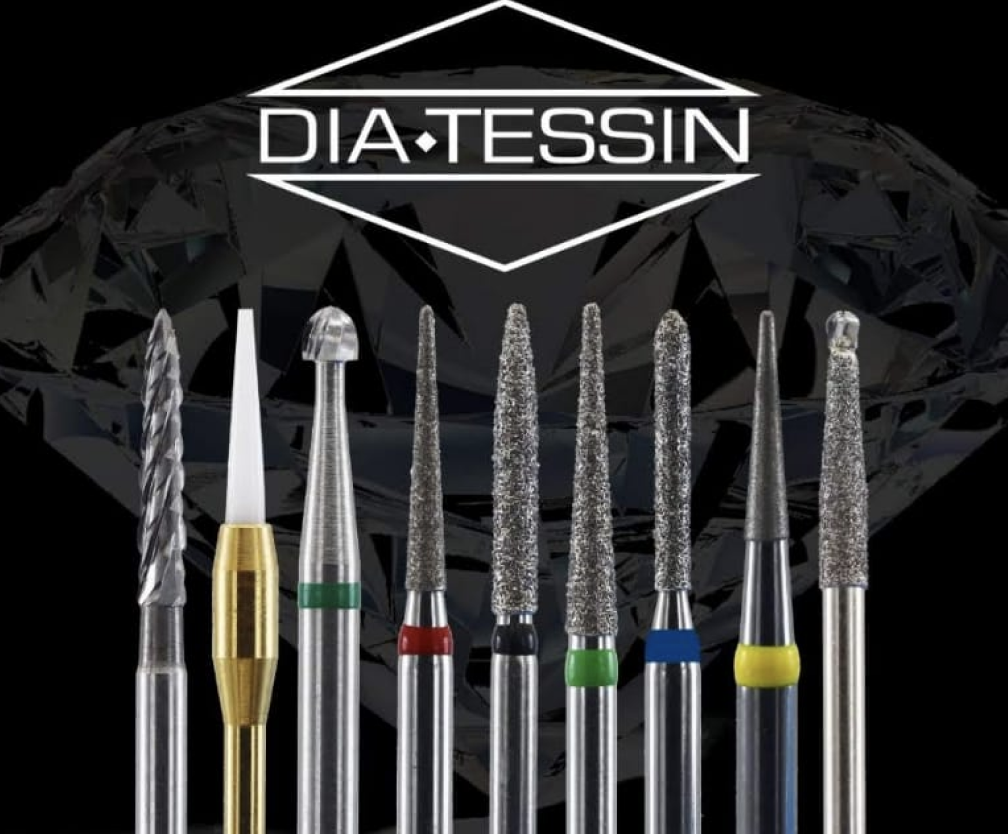
Dental laboratories equipped with advanced technology play a key role in the production of restorations. These labs use CAD/CAM systems, high-precision manufacturing devices, and biocompatible materials.
Why is it important? Laboratories with quality and technological infrastructure ensure that restorations are produced with perfect fit and aesthetics. This helps patients achieve long-lasting and natural-looking results. Minimal prep technology, with the integration of these components, provides highly aesthetic and functional restorations while preserving the natural structure of the teeth. These methods increase patient satisfaction and make treatment processes more efficient.




Enjoy a comfortable and engaging experience with amenities designed for relaxation, entertainment, and convenience.
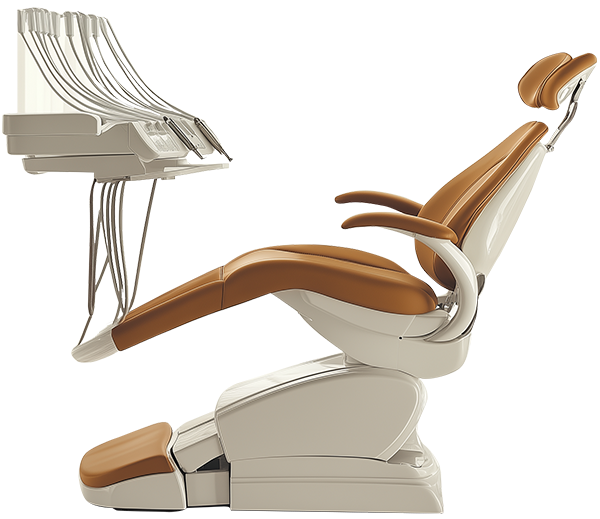
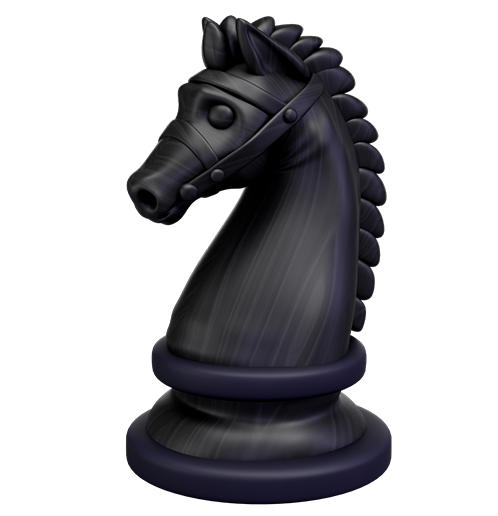



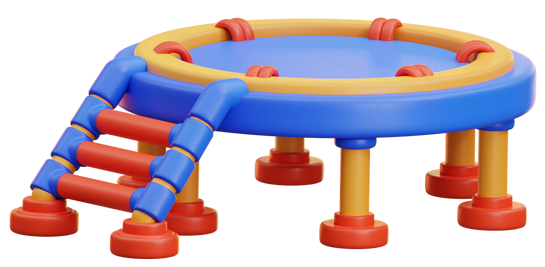



Pedodontics focuses on maintaining children's dental health with specialized care tailored to their developmental needs. Our experts offer early diagnosis, preventive treatments like fluoride and fissure sealants, and quick care for dental trauma.
With a child-friendly environment, we ensure a positive, fear-free experience, promoting long-term oral health.

Real experiences, real smile

The American Dental Association recommends a child’s first dental visit around their first birthday or when their first tooth erupts.
Regular brushing, flossing, a balanced diet, and routine dental check-ups are key in preventing cavities. Your pediatric dentist can also offer preventive treatments like fluoride application and sealants.
Yes, dental X-rays use very low radiation and are safe for children. Pediatric dentists take extra precautions to minimize exposure, ensuring safety.